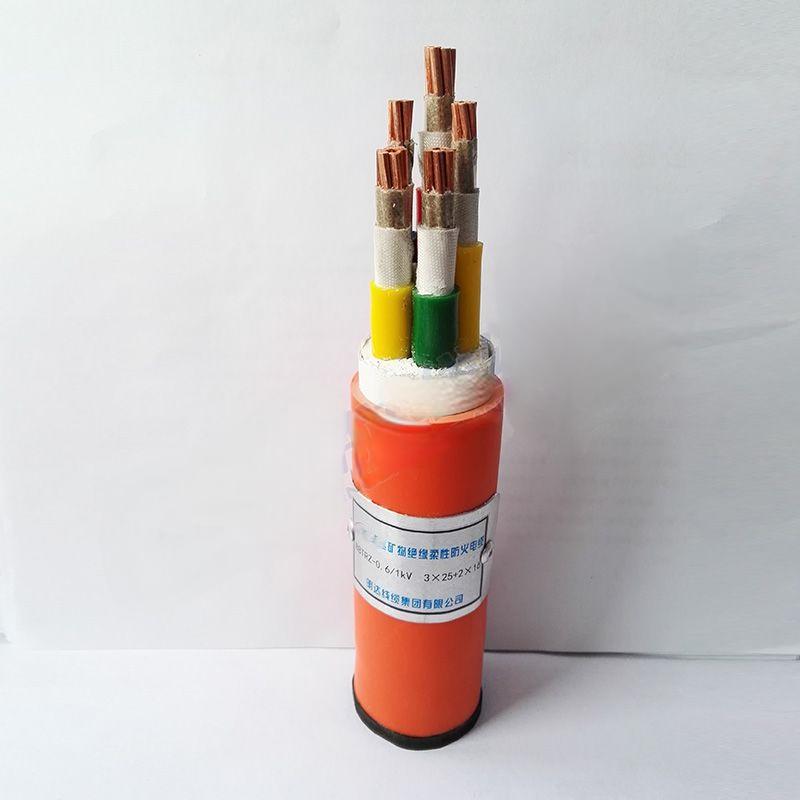10 月 . 07, 2024 06:00 Back to list
pneumatic ball valve
Understanding Pneumatic Ball Valves A Comprehensive Overview
Pneumatic ball valves are essential components in various industrial applications, providing reliable and efficient control of fluid flow. These valves operate using compressed air to facilitate and regulate the opening and closing of the valve mechanism, making them an ideal choice for automated systems in sectors such as manufacturing, oil and gas, and chemical processing.
Working Principle
The primary feature of a pneumatic ball valve is its spherical disc, or ball, which contains a hole or port through its center. When the valve is closed, the ball rotates to a position that aligns with the valve body, effectively blocking the flow of fluid. Conversely, when the valve is open, the ball rotates 90 degrees to allow fluid to pass through the opening. This swift action enables rapid control of flow rates and is critical in processes requiring quick shut-off capabilities.
Pneumatic ball valves are typically operated by an actuator connected to the valve via a stem. The actuator converts the pneumatic pressure into mechanical movement, allowing for precise control of the valve's position. There are two main types of actuators used single-acting and double-acting. Single-acting actuators use spring force to return to the closed position when air pressure is removed, while double-acting actuators require air pressure for both opening and closing actions, offering superior control in high-pressure scenarios.
Advantages of Pneumatic Ball Valves
pneumatic ball valve

One of the primary advantages of pneumatic ball valves is their high speed of operation
. They can open or close within seconds, making them particularly useful in systems where rapid response times are crucial. Additionally, their simple design and fewer moving parts result in lower maintenance and higher reliability compared to other valve types.Pneumatic ball valves also excel in providing a tight seal, minimizing the risk of leaks. Their robust construction can handle a wide variety of fluids, including corrosive substances and high pressures, making them versatile for use in different environments.
Applications
Pneumatic ball valves are widely used across various industries. In the chemical industry, they are crucial for handling hazardous materials safely. In the oil and gas sector, these valves allow for efficient flow control in pipelines and processing facilities. Moreover, pneumatic ball valves are prevalent in water treatment plants, pharmaceuticals, and food processing, ensuring precise flow control and compliance with health and safety regulations.
Conclusion
In summary, pneumatic ball valves play a significant role in modern automation and process control systems. Their quick operation, reliability, and ability to handle high pressures and corrosive fluids make them indispensable in many industrial applications. As industries continue to evolve, the relevance of pneumatic ball valves will likely increase, driven by the demand for efficient and reliable fluid control solutions. Understanding their design, operation, and suitability for various applications will be crucial for engineers and technicians in optimizing system performance.
Share
-
Understanding the Differences Between Wafer Type Butterfly Valve and Lugged Butterfly ValveNewsOct.25,2024
-
The Efficiency of Wafer Type Butterfly Valve and Lugged Butterfly ValveNewsOct.25,2024
-
The Ultimate Guide to Industrial Swing Check Valve: Performance, Installation, and MaintenanceNewsOct.25,2024
-
Superior Performance with Industrial Swing Check Valve: The Essential Valve for Any SystemNewsOct.25,2024
-
Industrial Swing Check Valve: The Ideal Solution for Flow ControlNewsOct.25,2024
-
You Need to Know About Industrial Swing Check Valve: Functionality, Scope, and PerformanceNewsOct.25,2024